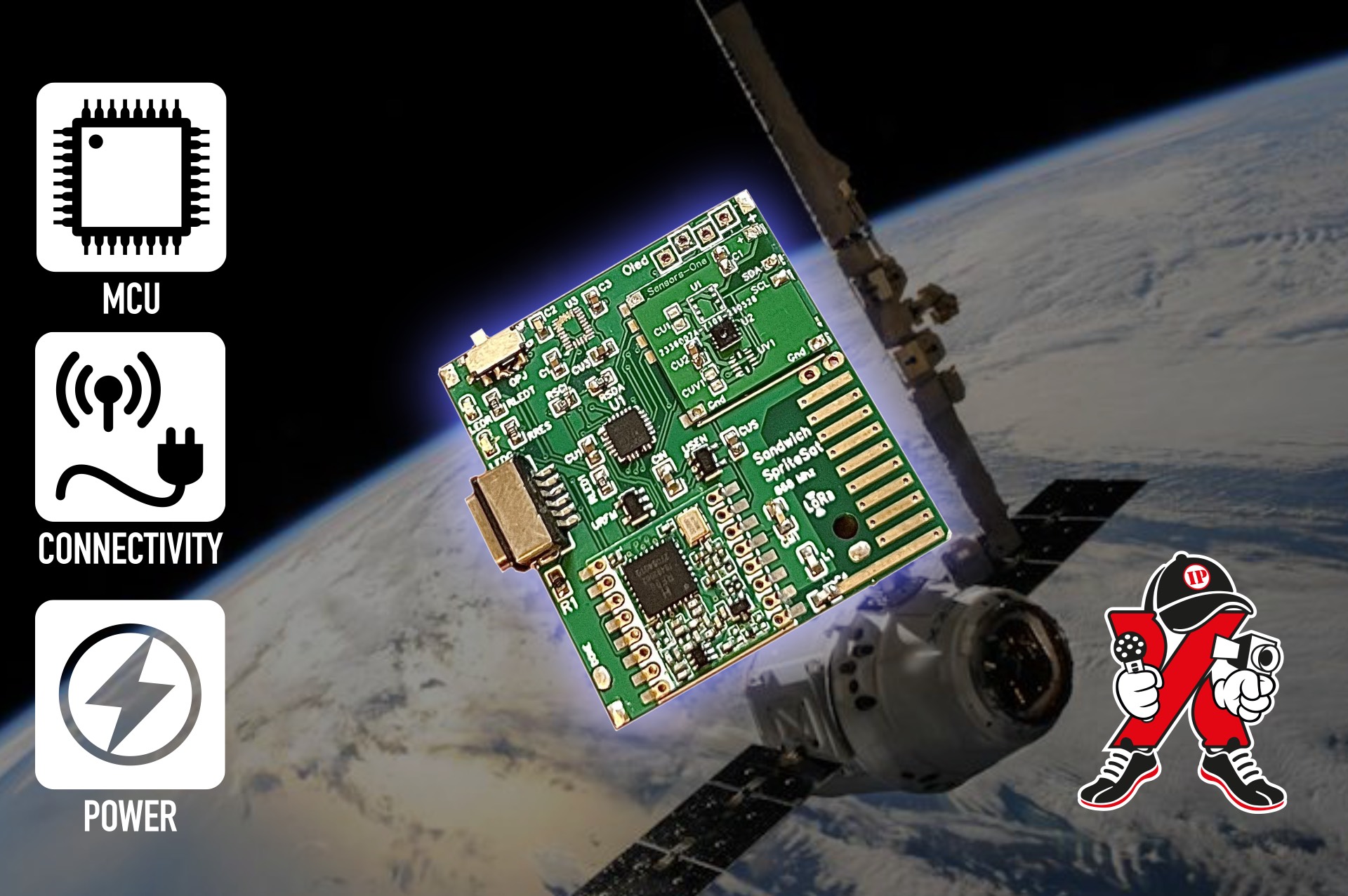In a rather different interview, ipXchange chats with Giuseppe, with Milena acting as a live translator, about Personal Satellite. Far from simply the type of maker-level project expected from a lone inventor, the Personal Satellite is a true industry disruptor that dramatically reduces the unit cost of launching satellites into space, thanks to a compact form factor that enables 100 units to be deployed for the same cost as a single 2U Cube Satellite (CubeSat). Check this out if you’re looking for a more robust alternative to crowdfunded projects like AmbaSat-1 and KickSat.
As Giuseppe explains, at the time of our interview, the typical CubeSat costs around 1000 Euros to be put into space as part of a larger launch. For the same budget, Giuseppe’s Personal Satellites provide commercial and academic researchers with far more scientific data per launch, increased resilience against mission failure due to unforeseen faults – unless the whole rocket explodes, you can assume there is a low chance that all 100 satellites will be unable to transmit data if built and tested correctly on Earth – and the peace of mind that these satellites will self-destruct within three months thanks to a decaying orbit and a form factor that will not survive re-entry.
The self-destruction angle is key to solving the problem of additional debris when conducting experiments in space. Space junk is a big problem that can have fatal consequences for astronauts and satellites that are still active in orbit, and with NASA estimating 25,000 pieces of space debris that are over 10 cm long in orbit, Personal Satellite means that you can rest easy knowing that you can touch the void without being part of ‘the problem’.
Each Personal Satellite features a 38 x 42-mm sandwich of three boards:
- A motherboard for global wireless connectivity and control
- A power board for running the satellite on harvested solar energy or batteries
- A payload board for your choice of mission-critical circuitry, e.g. sensors for UV measurements
The key benefit of Giuseppe’s Personal Satellites is providing a sustainable, low-cost solution to space and in-orbit radio communication studies while at the same time enabling researchers to gain valuable information about our planet to solve important world problems without simultaneously adding to them – in the closest approximation.
For more information about Giuseppe’s Personal Satellites, including how they are tracked, the global communication methods, and the orbit type with its corresponding lifetime, check out the full technical writeup by following the link to the board page below. If you’ve got a project that’s out of this world, fill out the form, and we at ipXchange would be honoured to help you take that first small step.
Keep designing!
You must be signed in to post a comment.

Comments
No comments yet